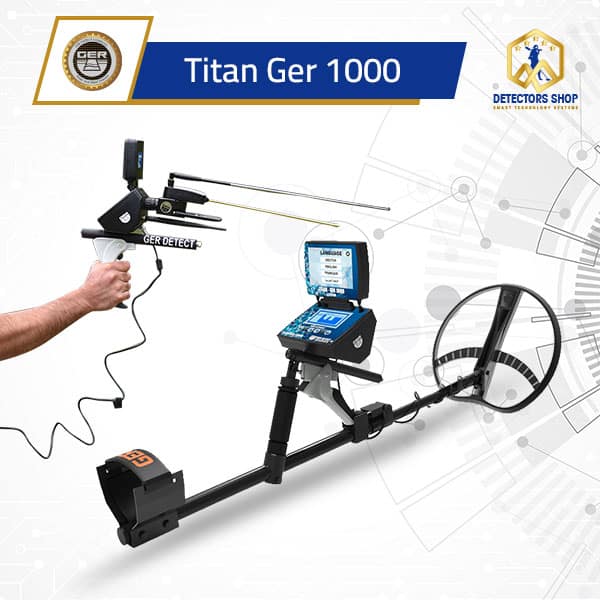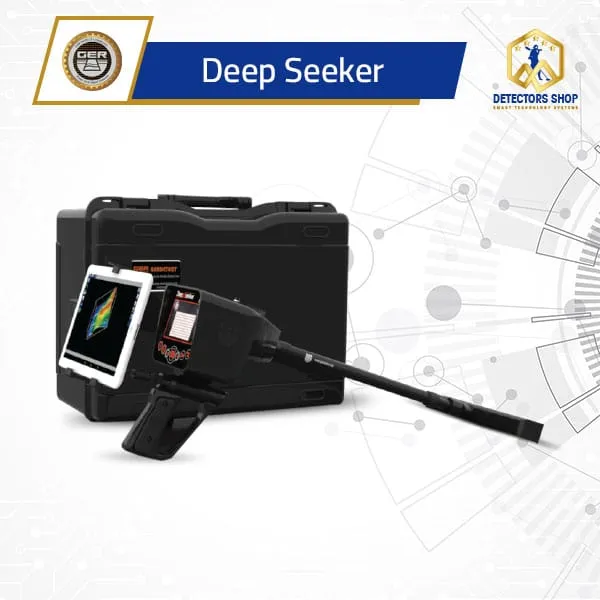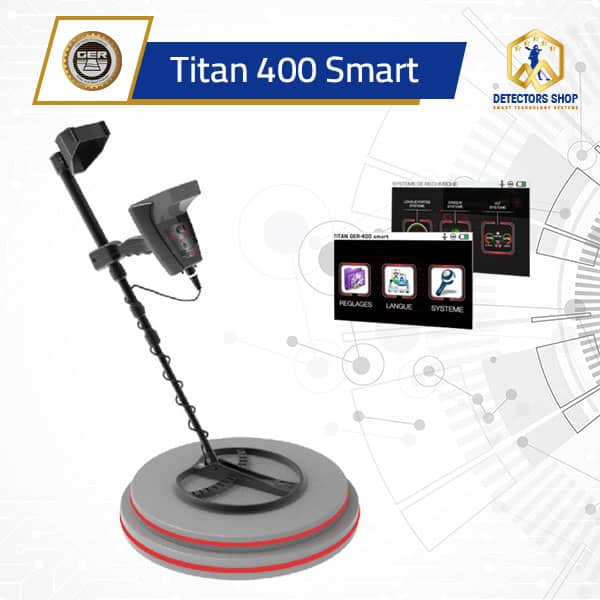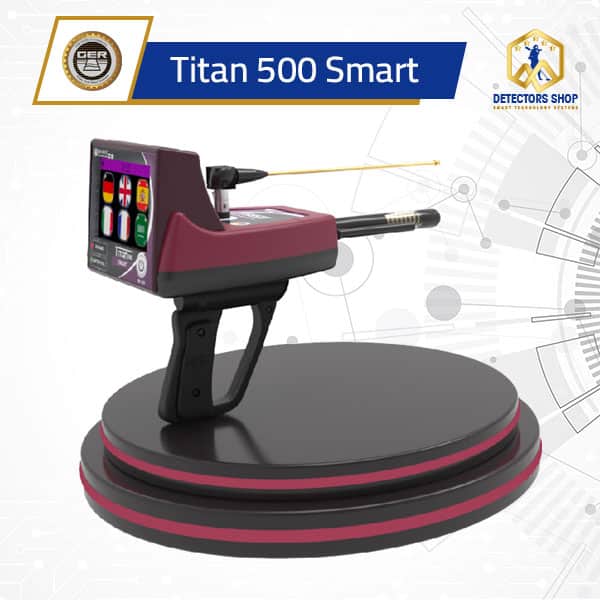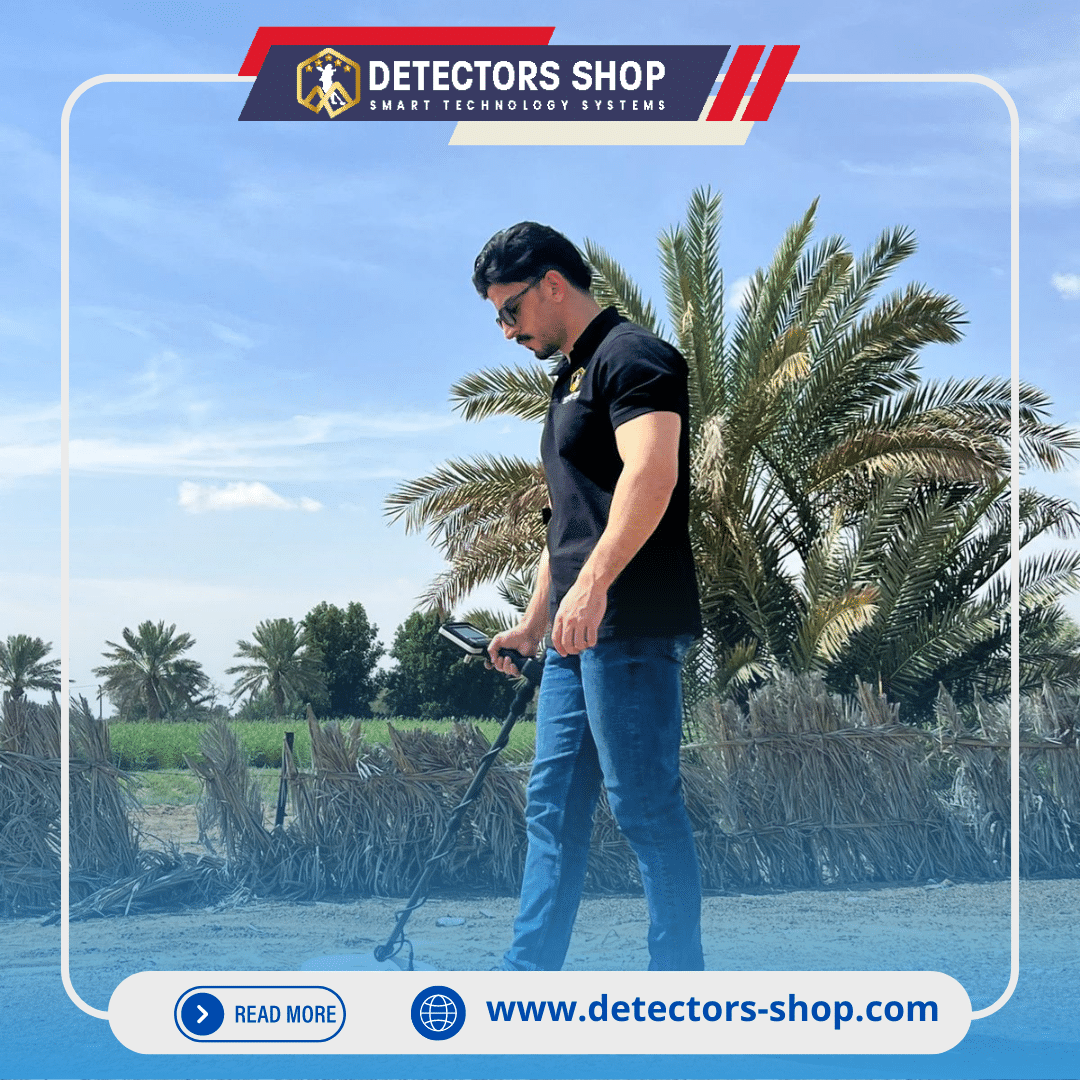Best Products
-

-

-

-

Manufacturer’s Warranty
Includes all devices
Comprehensive Training
Free training on our devices
Customers Service
To answer your inquiries
